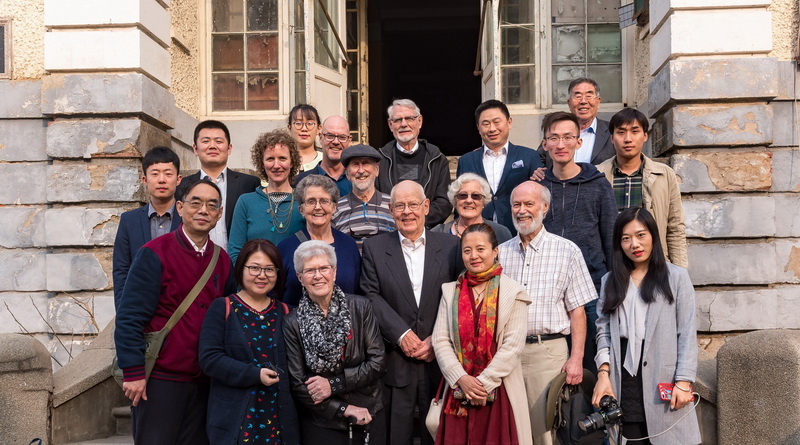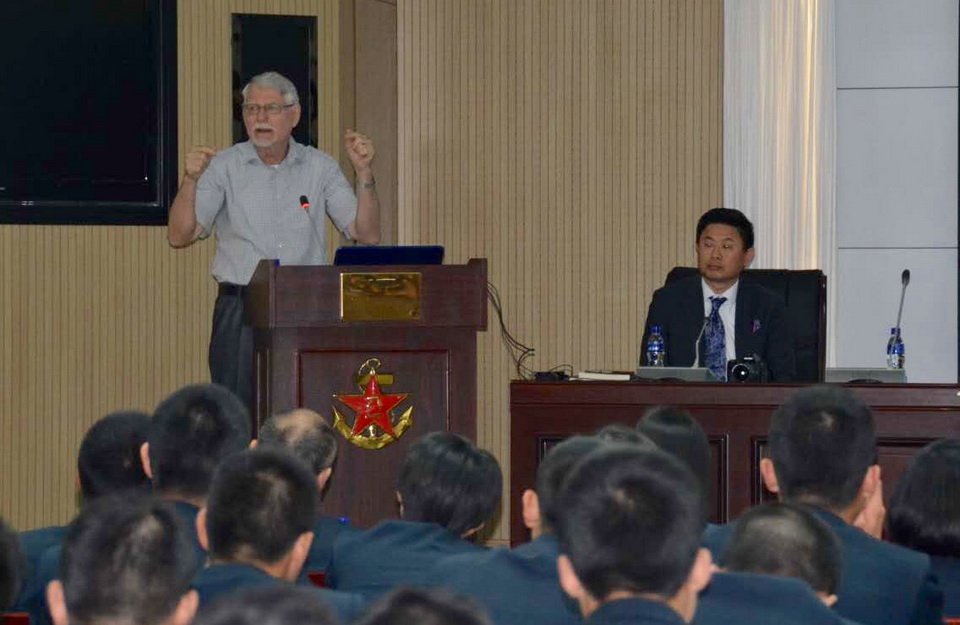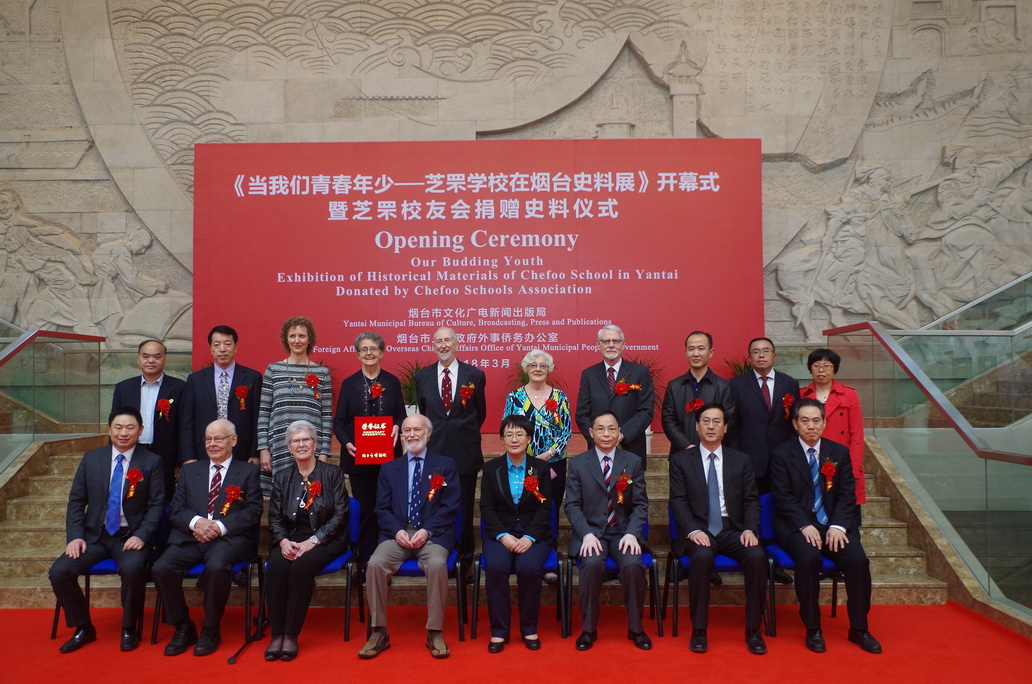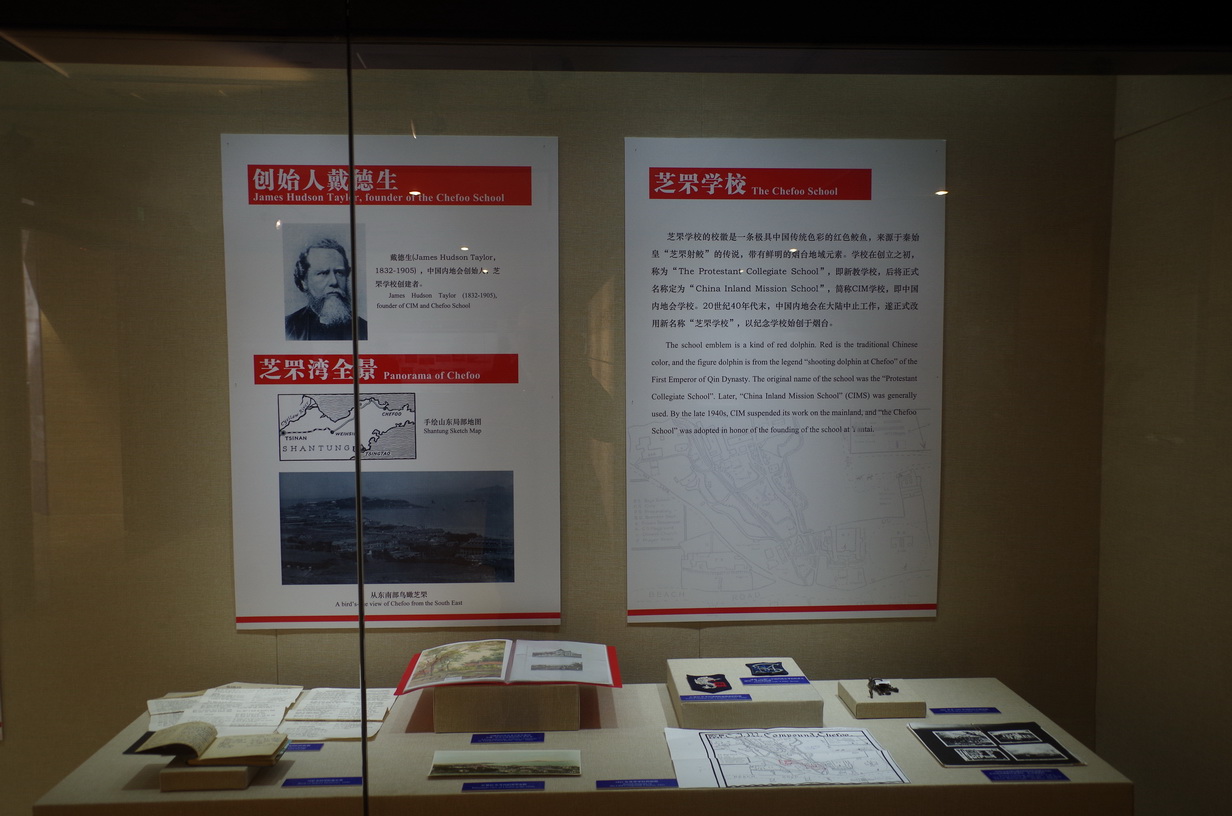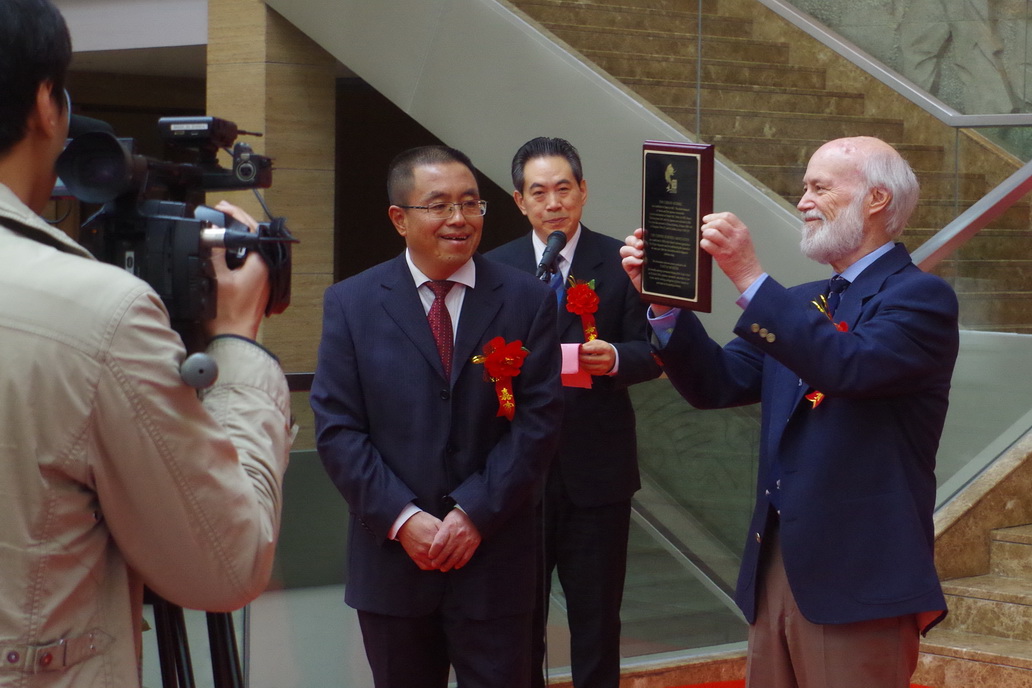A Chefoo School Celebration, Yantai 2018
本篇文章的中文版,请参阅 2018烟台芝罘学校展览庆典 (Link to Chinese translation.)
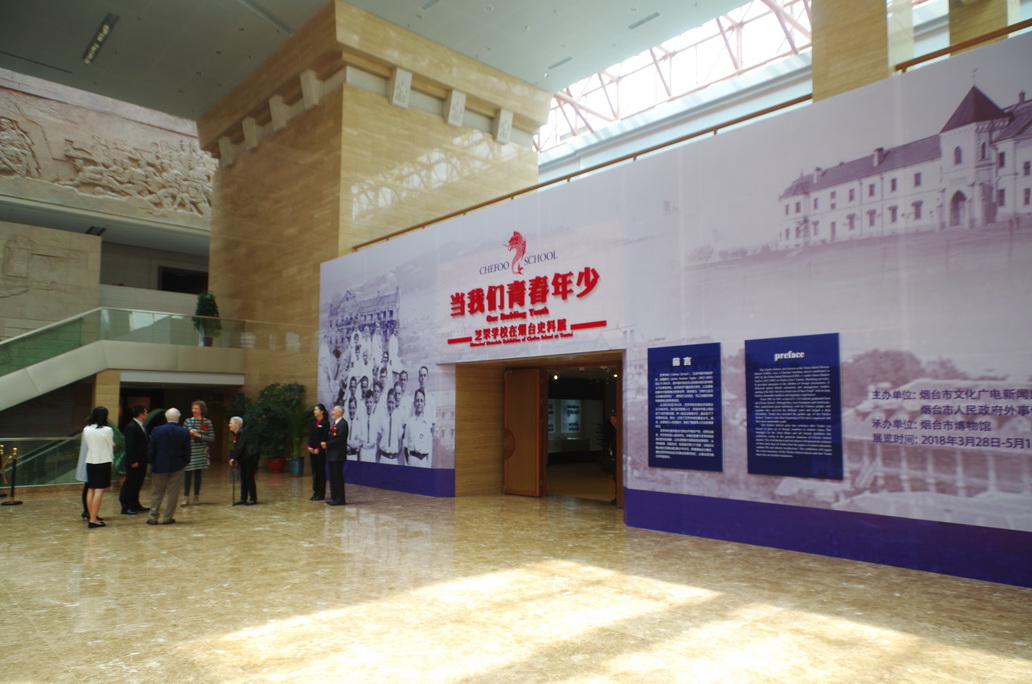 I was part of a remarkable event in Yantai, Shandong Province in late March, 2018. Local Chinese officials welcomed visitors from abroad to the official opening of a massive museum exhibit featuring one of the earliest international schools established in China. It is an important part of the city’s early history.
I was part of a remarkable event in Yantai, Shandong Province in late March, 2018. Local Chinese officials welcomed visitors from abroad to the official opening of a massive museum exhibit featuring one of the earliest international schools established in China. It is an important part of the city’s early history.
China’s early international school.
Chefoo School was founded in 1881 by Dr Hudson Taylor, head of the Christian missionary organization known then as the China Inland Mission.
Developed as a boarding school primarily for children of CIM personnel scattered across China, about half of the those in residence were children of other foreign families.
Its exceptional program, providing entrance qualifications to the best of British universities, provided elementary and secondary schooling for a period of more than 60 years. It was forced to close in 1943 during Japanese occupation only after American entry into the war with Japan.
The making of an International homecoming event in Yantai
Prior to my 2018 visit, a number of significant events and unique personalities had come together to make the museum exhibit a reality. A former Chefoo teacher had once written a book. Much more recently a Chinese historian chose to translate it into Chinese. A Shanghai businessman, originally from Yantai, became interested and happened to connect with a Chinese tour operator who knew something of the overseas Chefoo School Association.
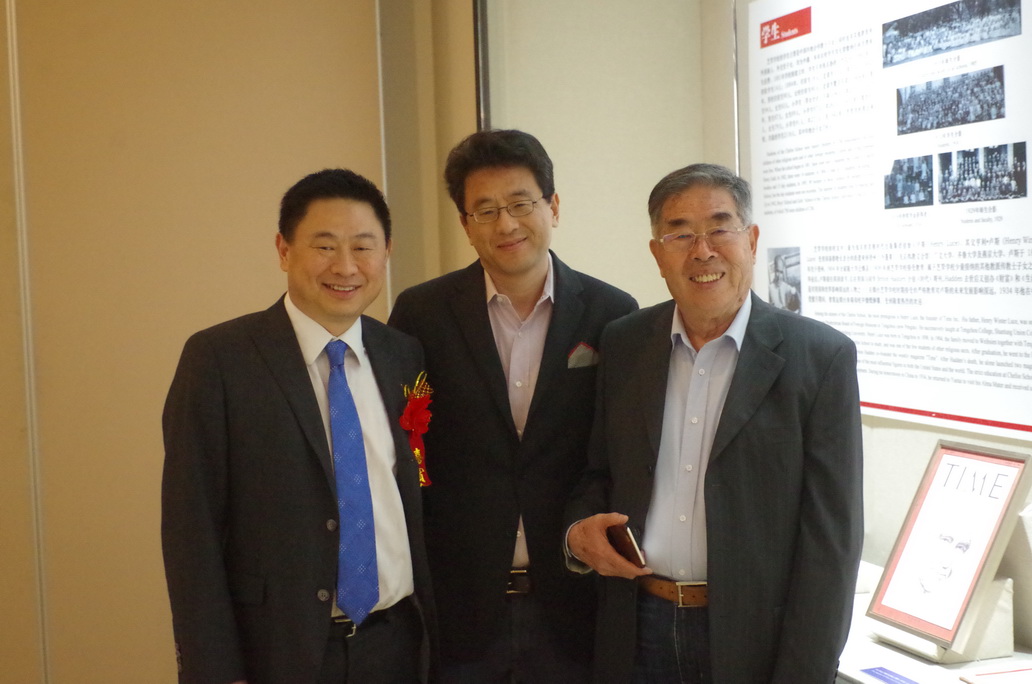 My personal connection to this event was part of a continuing interest in the history of early Westerners in China. Li Xin, the Shanghai businessman and native son of Yantai, once studied at my home university in Regina, Canada. He and, later, his brother were frequent visitors in our home.
My personal connection to this event was part of a continuing interest in the history of early Westerners in China. Li Xin, the Shanghai businessman and native son of Yantai, once studied at my home university in Regina, Canada. He and, later, his brother were frequent visitors in our home.
Success of this March 2018 event centres on the collecting of artifacts and stories of former students of the Chefoo school and their families now scattered across various western countries. Finally, a number of students and family members of those who once attended Chefoo School gathered back at the school site in China for a reunion. Two cultures with two histories came together, at least for a short time, to celebrate some common history.
My earlier visit in 2016.
Two years prior to events celebrated here, I was in touch with Li Xin. My intention was to attempt a meeting with his father who continued to live in Yantai. Mr Li Senior was a distinguished scientist and father of two remarkable young men our family had been privileged to meet as students in Regina, Saskatchewan (Canada) 30 years earlier.
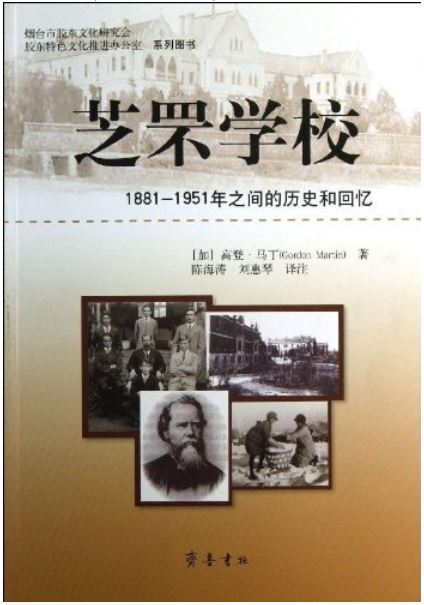 In welcoming my visit, however, Li Xin shared with me his growing interest in a newly translated history about Chefoo School in his hometown. I was somewhat aware of this history. We had talked of it before. But now, he possessed a Chinese translation of some of this history. He proposed that, on my visit, we might try to get access to the site of this historical school.
In welcoming my visit, however, Li Xin shared with me his growing interest in a newly translated history about Chefoo School in his hometown. I was somewhat aware of this history. We had talked of it before. But now, he possessed a Chinese translation of some of this history. He proposed that, on my visit, we might try to get access to the site of this historical school.
Always keen to add another episode to my collection of cultural and historical explorations in China, Li Xin was quickly reminded me of a problem. The existing Chefoo School buildings were now on the site of a military academy and it was not at all clear that a foreigner like me would be admitted.
I have written elsewhere (see links below) of how events of my 2016 visit to Yantai unfolded and how Li Xin and I were welcomed to the campus of the Naval and Aeronautical Engineering College.
I was invited to give a lecture to more than a hundred students and staff and used the opportunity to explain something of the history of the school and its founder. I also attempted to explain something of the unique approach to mission work that characterized the China Inland Mission.
Local initiatives get underway
What followed, however, were initiatives of Li Xin and other local Yantai people. Interest in this history had been awakened and Li Xin chose to explore with others how this local history might be better shared with the broader community.
The City Museum became interested and an appeal. The still-functioning Chefoo School Association responded positively to the museum initiative.
Artifacts from the school, now as much as a hundred years old, were gathered internationally from families that once had students attending the school.
As plans for the official opening of the museum display developed, invitations to return to Yantai were extended to those with alumni connections. A three-day celebration of good will was planned by the City and Museum officials.
My personal invitation came because of the lecture event two years previously. It was just one link, however, in a lengthy chain of events leading to this special day.
I attempted to capture as many photos as possible of the event. I have continued (as of June 2018) to upload photos. My interest has been to gather and record information of the people, the times, and continuing legacy of Chefoo School.
Yantai, Chefoo, and European colonial history
More than 150 years ago, Yantai was one of a dozen or so trading ports forced open by Western powers. It was, for a time, the only international trading port for Shandong Province. While difficulties of those times were recognized by the visiting group leaders, we sensed a warmth of friendship that seemed to largely replace the lingering historic stresses.
Much camaraderie was in evidence, focusing on positive stories relating to the 60-year period during which the school functioned in Yantai.
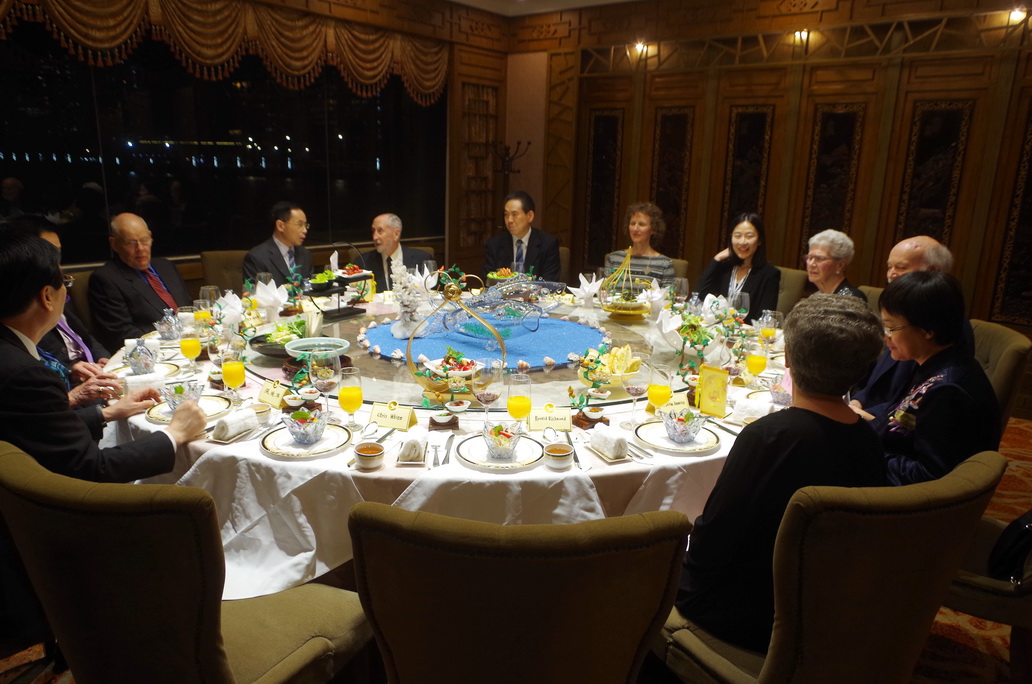 We were wined and dined in splendid style as part of three days of tours, formal events, and media engagements.
We were wined and dined in splendid style as part of three days of tours, formal events, and media engagements.
Albums and articles below provide much many more details of this event.
Album: Official opening of the Chefoo Exhibit
Album: The Complete Chefoo School Museum Exhibit (2018)… 160 images
Album: Tour of the Historic Chefoo School Buildings
Album: Tour of the Yuhuangding (Temple Hill) Site
Album: Yantai Beach Walk to Union Church
Album: Dinner hosted by Yantai City officials
Album: Dinner hosted by Li Xin
Album: Tour of the Qishan/McMullen Church
Album: Tour of the Tengchow College Museum, Penglai
Related Article: Brief History of Dr Hudson Taylor
Blog Article: Story of Ron’s 2016 Yantai visit
First published: 2018/06/30
Latest revision: 2021/04/20
